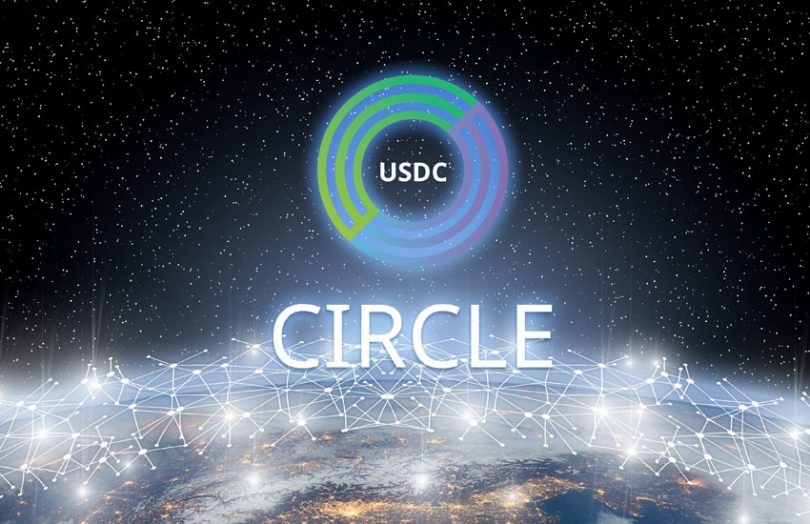Yesterday Circle, one of the companies behind the $3 billion USDC stablecoin, announced a deal with Visa. The agreement is multifaceted, including plans for a Circle Visa corporate card. It accelerates Circle’s strategy to enable mainstream stablecoin usage for business.
The reality is, Circle and USDC present an alternative to U.S. dollar bank accounts for businesses, especially foreign ones. Hence, ignoring the Visa deal for a second, Circle’s stablecoin coin offerings could prove massively attractive to companies.
Take international e-commerce firms based outside the United States. With a large chunk of e-commerce conducted in U.S. dollars, the card acceptance firms usually convert the cash to the store’s local currency, sometimes at a high cost.
To avoid this foreign exchange hit, an alternative is to keep the funds in U.S. dollars, requiring a U.S. dollar bank account. That’s often not viable for small firms and it’s not possible in some jurisdictions. Companies like Transferwise play a useful role here by enabling businesses to hold foreign currencies without bank accounts. But a U.S. dollar account isn’t available in all Transferwise countries, often related to a country’s money laundering reputation.
Another option for e-commerce stores is to keep the U.S. dollar receipts in the USDC stablecoin, avoiding the need for a U.S. dollar bank account. Circle notes on its website that USDC is available on permissionless blockchains, which means a business doesn’t have to be so concerned with “KYC processes that crowd out large parts of the global community.” While that may concern many, it is factually accurate that a significant number of legitimate businesses are excluded because of KYC and AML. A USDC account with Circle enables card acceptance and incoming bank wires, with ACH coming soon.
And now that the store has U.S. dollars in the form of the stablecoin, a fair chunk of the firm’s expenses might be in U.S. dollars, where it would normally take a forex hit and the cost of wire transfers. Enter the corporate Visa card that lets you use your USDC stablecoin balance for payments.
Another example of USDC’s usage is the adoption by blockchain gaming platform Flow, the same platform to be used for the official NBA Top Shot game. Instead of forcing users to buy cryptocurrencies for payments, gamers can use credit and debit card payments that convert to USDC for in-game payments.
But there is a significant fly in the ointment. Originally USDC was only on Ethereum. And we’ve heard several stories of businesses moving away from Ethereum because of escalating gas costs. Those transaction costs apply to USDC transfers too. Although USDC is now available on other blockchains.
Meanwhile, some members of Congress are proposing that all stablecoin issuers should have a banking charter. They aim to protect the underbanked from exploitation. FinCEN regulates Circle as a Money Services Business, but it’s not a bank.
So the question is whether Circle should be regulated like a bank. Yesterday there was an interesting Twitter debate on the topic.
Could bank-issued stablecoins push people towards offshore stablecoins?
Circle and USDC is a far more palatable option than something like Tether, the largest U.S. dollar stablecoin with a market cap approaching $20 billion. At one point, Tether’s backers acknowledged it was not 100% backed, although that has since changed. And it has never had a proper audit of its bank balance. It says it’s “always fully transparent” by which it means everyone should trust its own claims about its reserve balances. If ever there were a systemic risk to the cryptocurrency ecosystem, Tether is likely it. That’s looking past the risk of regulation.






